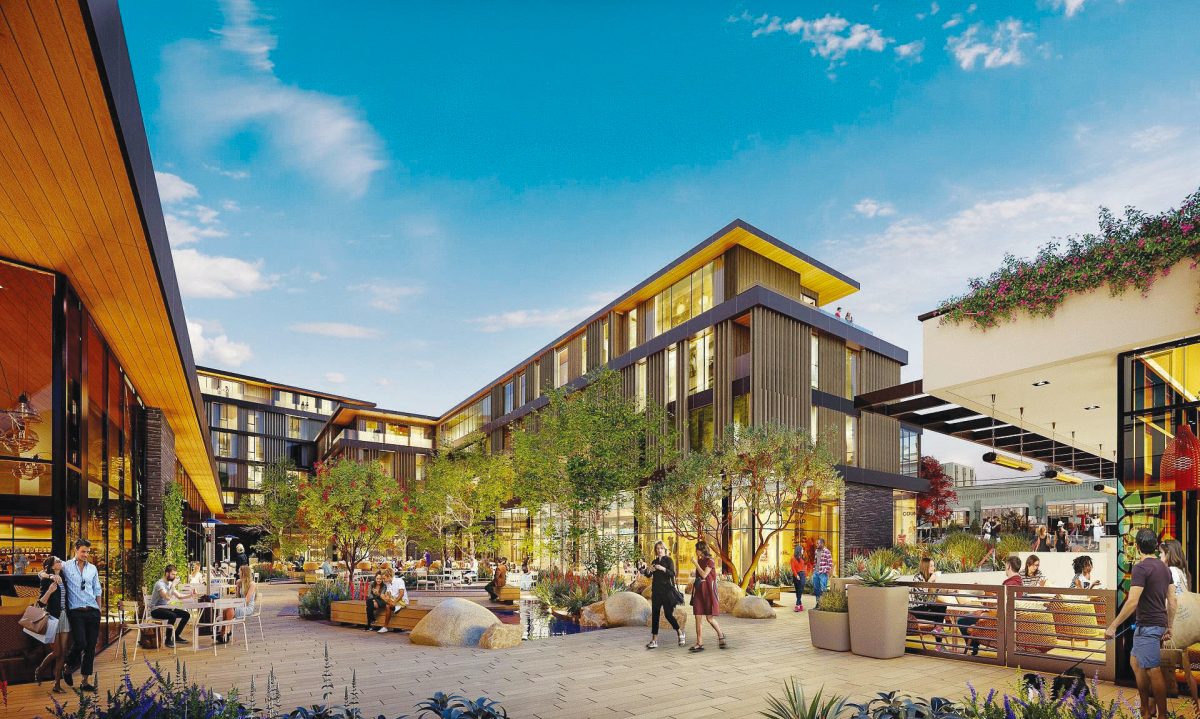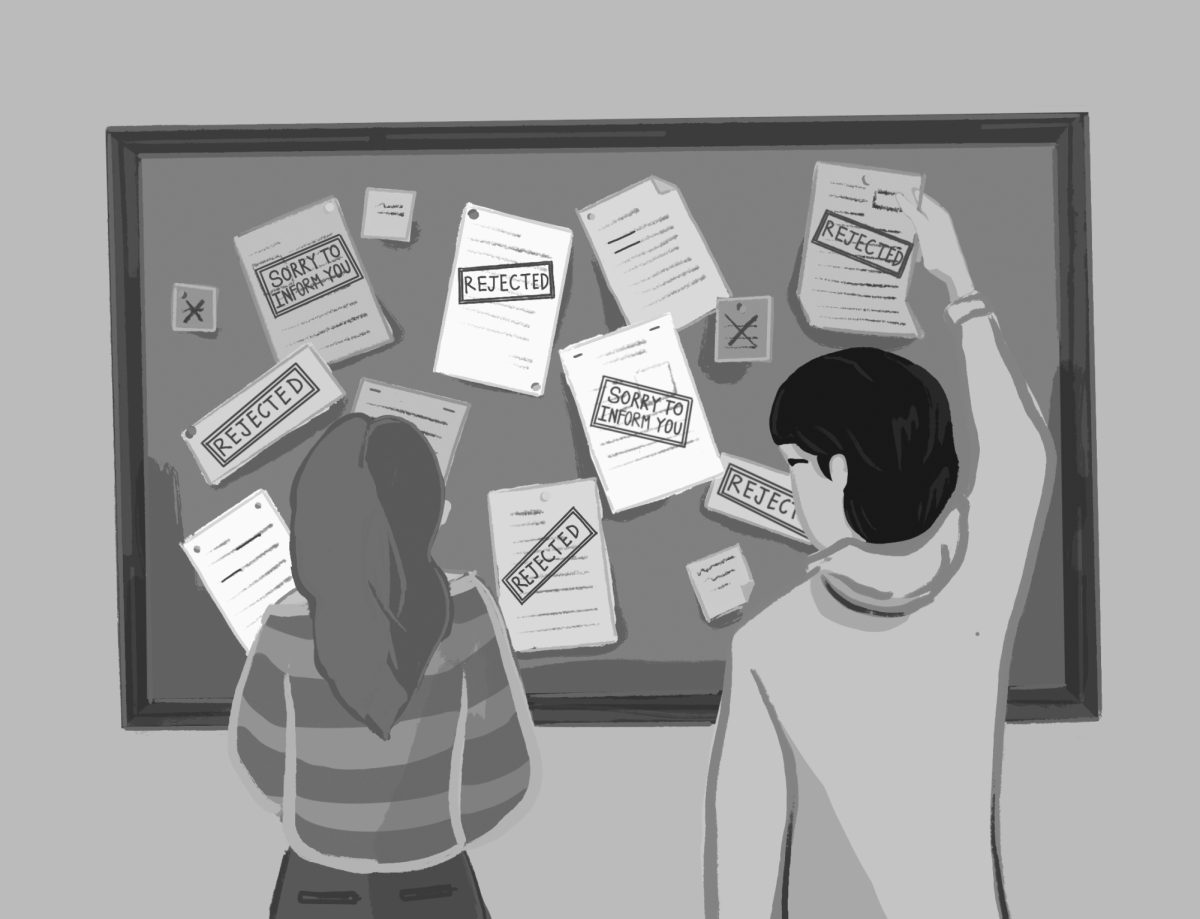The school canceled in-person instruction due to flooding and heavy storms in the Los Angeles area on Feb. 5. Intense rainstorms throughout February made the month the wettest in more than two decades, according to NBC. The storms resulted in dangerous mudslides and numerous street closures — both Coldwater Canyon and Mulholland Drive, for example, were shut down, with certain parts of the latter still being closed.
The problem lies in the fact that California infrastructure is simply unable to handle intense flooding because of how outdated it is. Flooding has become an increasingly worrisome concern in the state over the past few decades — all 58 counties of California have records of severe flooding damage to infrastructure, making flooding the most widespread natural hazard in the entire state, according to the Public Policy Institute of California (PPIC). Extreme weather events are issues that affect all California residents;local and state legislators should pass policies to reflect the severity of the infrastructure problem. Of course, water infrastructure is not the only issue on the minds of policymakers. Changes require lots of time, money and effort to put in place, but the issue is so widespread that the energy needed to put in is worth it.
The climate is rapidly changing all over the world, making extreme weather events much more common. With this change comes the need for more secure infrastructure. Because California is often experiencing heat-related weather events such as wildfires and water shortages, it is easy to overlook less common issues like flooding and rainstorms. However, assuming that water-related events are not severe is a dangerous misconceptionbecause it leads to a lack of legislative focus on modernizing water infrastructure. Indeed, these issues pose significant risks for all California residents. One example of this is the looming threat of a possible ARkStorm, modeled by experts from the United States Geological Survey (USGS), the National Oceanic and Atmospheric Administration, the Federal Emergency Management Agency and a number of universities. The potential storm would cause large periods of intense rainfall, high winds and extensive flooding, resulting in immense destruction of property and public areas.
If a storm of this magnitude were to hit California, we would see a large loss of human life, habitat destruction and great costs for the state to rebuild and recover. For example, in 2017, Sacramento experienced a series of atmospheric rivers that demolished infrastructure, according to the Sacramento County. The projected cost of damages alone for an average aRKStorm is $725 billion, according to Forbes. Though such storms are rare and difficult to predict ahead of time, they are “perhaps inevitable,” according to the USGS. Given the catastrophic impact of a storm like this, our cities should be better equipped to handle and recover from one.
The issue of unpreparedness affects such a great amount of the population. More than one in five residents — roughly seven million people — are at risk of their households flooding due to extreme storms, according to the PPIC . This equates to around $900 billion in domestic homes and other buildings that could be destroyed by intense storms. Despite this, less than 7% of homes in California have flood insurance.
The consequences are even worse for those in low-income communities, which are often comprised of people of color. Lower-income residents are more likely to live in historical housing in special flood hazard zones, whose drainage systems are much less efficient than those in more affluent neighborhoods. Among these households, less than one-quarter of households have flood insurance, despite being at an increased risk, according to the PPIC. National Flood Insurance Programs are becoming more effective at combating these risks, but this comes at a higher insurance rate that makes it harder for low-income families to afford proper protection. To solve this, the government should apply targeted subsidies and implement assistance programs to help people in hazard zones pay for insurance at reasonable rates.
In the non-domestic sphere, most of the state’s flood control infrastructure was designed and built more than 50 years ago, before increasing climate risk became a concern . Even now, policymakers are not taking action to improve and modernize infrastructure. For example, more than 250 dams in the state are susceptible to high flows and could end up harming downstream communities. Despite this, there have been minimal efforts to rebuild or improve these dams, according to the PPIC.
The California state government continues to shut down proposals to become more prepared for flooding. In May 2023, Governor Gavin Newsom tried passing 10 bills that included measures to streamline water, transportation and clean energy projects, according to CalMatters.org. Both Democratic and Republican legislators in the Senate denied this bill saying that it was too ambitious, but they did not propose any new plans or trying to enact any new policies for improvement.
Climate change is not getting better with time. In fact, the issue continues to worsen every day. Flooding will continue to impact California residents, and the problem will worsen in the near and long-term future. Policymakers need to start taking action in combating one of the largest issues facing our planet right now, and they can start by passing tangible measures to improve our infrastructure and keep people safe.




























